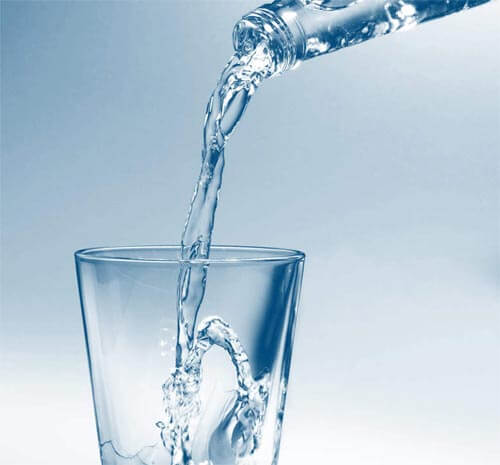Drinking Water Treatment / RO (Reverse Osmosis) Plant
- Home
- Appli..
- For Water...
- Drinking Water Treatment / RO (Reverse Osmosis) Plant
What is Ozone Generator for Drinking Water?
An ozone generator for drinking water treatment is a device that produces ozone gas, which is used as a powerful oxidizing agent to disinfect and purify water. Ozone is a highly reactive molecule that can destroy bacteria, viruses, and other contaminants in water, making it an effective method for ensuring the safety and quality of drinking water.
Ozone generators for drinking water treatment can be used in conjunction with an RO (reverse osmosis) plant to enhance the effectiveness of the treatment process. The ozone is injected into the water prior to the RO process to destroy any microorganisms that may have passed through the pre-treatment and filtration stages. This can help to reduce the burden on the RO membranes and improve their lifespan, as well as enhance the overall quality of the treated water.

Benefits of Ozone Generator for Drinking Water
- Enhanced disinfection: Ozone is a powerful oxidizing agent that can destroy a wide range of microorganisms in water, including bacteria, viruses, and other pathogens, helping to ensure the safety and quality of the treated water.
- Reduced chemical usage: Ozone treatment can reduce the amount of chemicals required for disinfection, minimizing the environmental impact and reducing costs associated with chemical disposal.
- Improved water quality: Ozone treatment can help to remove unwanted tastes and odors from the water, as well as reducing the amount of dissolved solids and minerals, resulting in better tasting and healthier drinking water.
- Improved RO membrane performance: Ozone treatment can help to reduce fouling and scaling on RO membranes, improving their lifespan and reducing the need for maintenance.
- Environmentally friendly: Ozone is a natural and environmentally friendly disinfectant that breaks down into oxygen, leaving no harmful residues or byproducts.
Overall, the use of an ozone generator for drinking water treatment in conjunction with an RO plant offers a safe, effective, and environmentally friendly method for producing clean and safe drinking water, helping to reduce costs, minimize risks, and improve public health.
